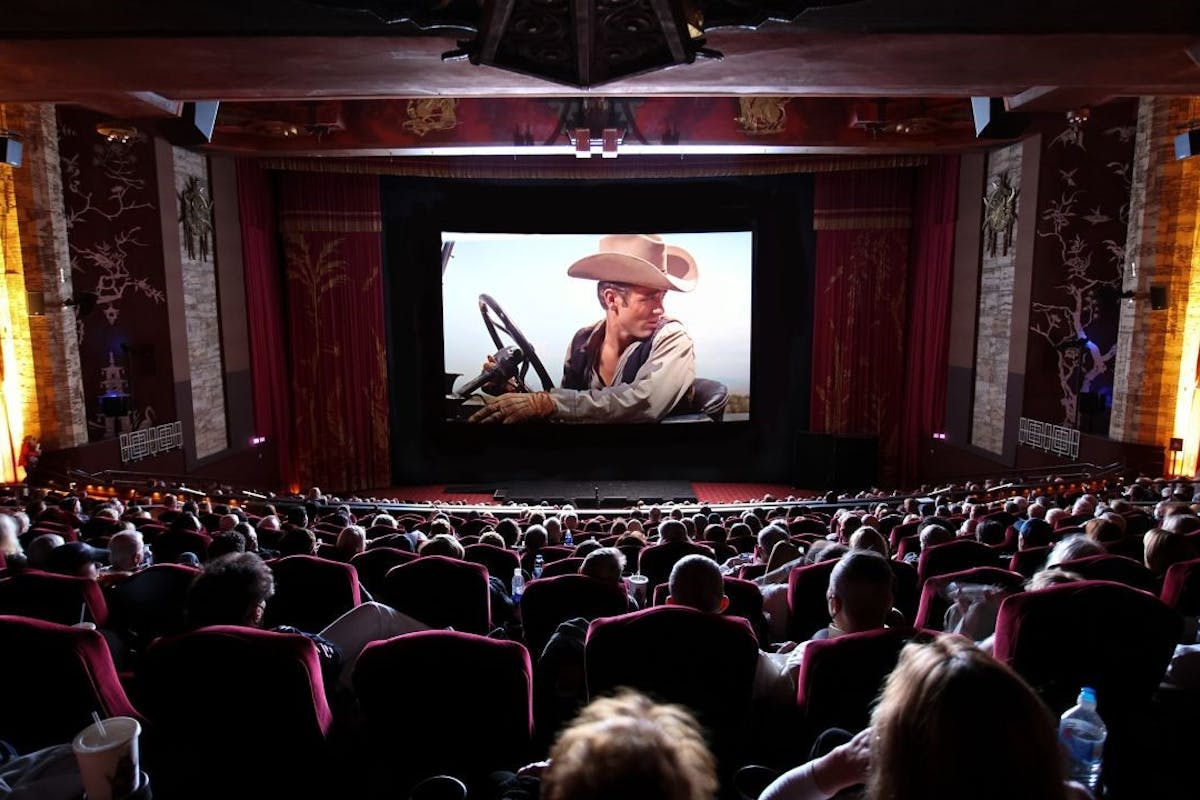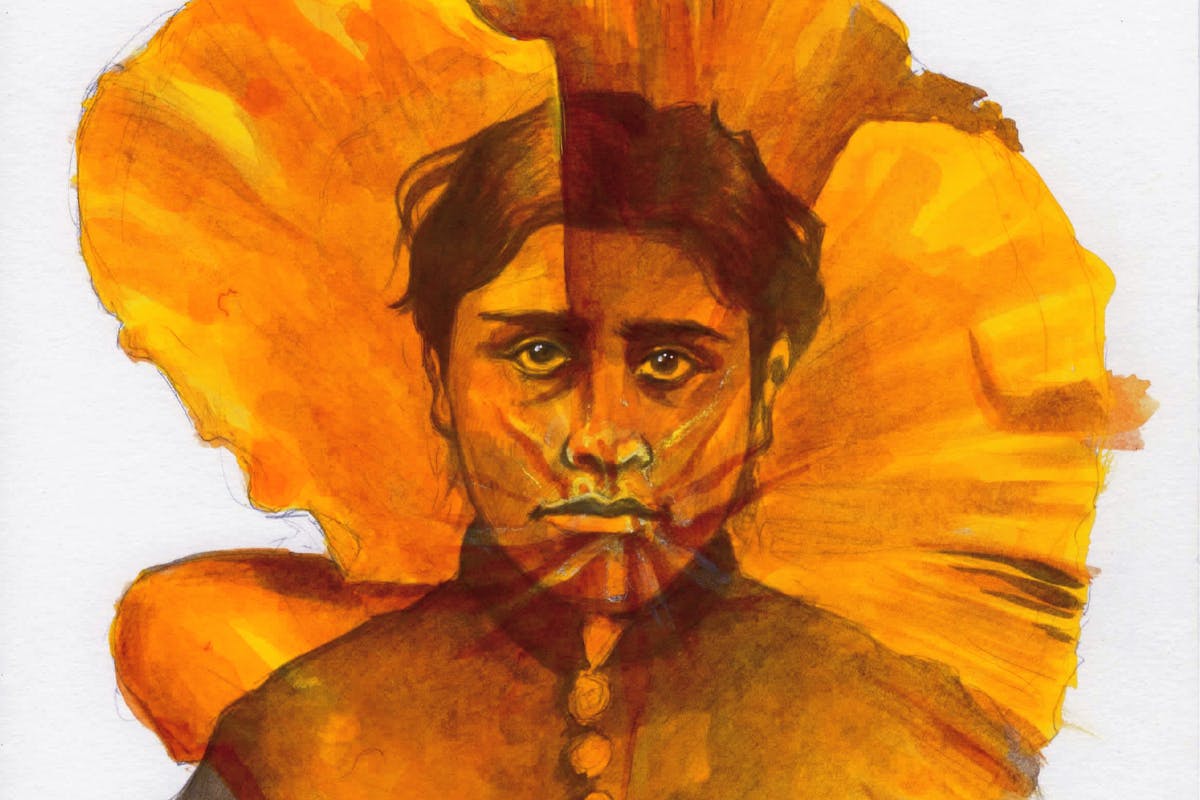How to help save film history

It’s one of the most spectacular dance sequences ever captured on film: the Nicholas Brothers cutting loose on a double staircase in the classic musical Stormy Weather (1943).
“It would be terrible if a film like this was not around,” says Donald Bogle, the pioneering film historian of African American cinema and the recipient of this year’s Robert Osborne Award at the Turner Classic Movies Film Festival. (TCM and CNN are both subsidiaries of Warner Bros. Discovery.)
Unfortunately, many films from Stormy Weather’s era have not survived. Federal estimates suggest half of films made before 1950 and most before 1929 have deteriorated beyond repair or disappeared entirely.
“These movies, we don’t want to lose them,” Bogle says, “so preservation becomes very important. It’s part of our cultural history.”
This direct line to history underscores the power of cinema, says TCM General Manager Pola Changnon. “I think the more that we as a culture can be connected not only to films of today but films of the past, we only gain empathy and understanding of what came before.”
Huge undertaking
Film restoration is expensive and time-consuming. According to The Film Foundation, digitally restoring a color feature with sound can cost up to several hundred thousand dollars. Even with multiple teams working simultaneously, restoration can take months, says Daphne Dentz, Senior Vice President of Emerging Formats, Mastering & Content Acquisition at Warner Bros.
Working with original camera negatives and audio, Dentz adds, “the aim of the restoration is to stay true to the content creator’s original creative intent.”
While the content stays the same, technology does not. That means once a film has been restored, the work is never really over.
“As the ways that people access these films change, films need preservation, and restoration is kind of an ongoing process,” says Margaret Bodde, The Film Foundation’s Executive Director. “The difference between something mastered for VHS and something mastered for Blu-ray is like night and day.”
“Since I’ve been here, The Wizard of Oz has been restored at least three times,” notes Dentz, who has worked at the studio 17 years. “This is something that is going to be a constant.”
Teaming up
With so many films in need of help, collaboration is vital. The Film Foundation, one of the leading organizations in film preservation, restoration, and education, works with studios, archives, and exhibitors. Board members from the non-profit also identify and suggest titles for prioritization, taking into account the film’s physical condition, historic, cultural, and artistic value, and whether it is the only surviving version.
In honor of Warner Bros.’ 100th anniversary, the foundation teamed up with the studio and TCM to restore Rio Bravo (1959), East of Eden (1955), One Way Passage (1932), and The Strawberry Blonde (1941) for the 2023 TCM Classic Film Festival. Board members like Steven Spielberg will appear at the event and on TCM air to talk about the importance of the restoration effort, and every film shown on TCM in April will be from the Warner Bros. library.
“It’s a terrific collaboration,” says Dentz, “because we all have the same ideas about how important it is to preserve these films culturally and to preserve these stories. These are stories that we want to be able to share with the world forever, if possible.”
How to support the cause
Whether you’re a casual moviegoer or a die-hard film buff, anyone can support film preservation and restoration.
“The main thing is to watch these movies,” says TCM’s Changnon. “Try it. Give yourself license to be curious about other films.”
Bodde recommends seeing films in theaters and watching TCM. “It’s such a great way to celebrate and learn more about different filmmakers from the past and different films from around the world.”
Another way to support the cause: donating to non-profits committed to finding, restoring, and sharing classic films before it’s too late. Some of the major players in this space include:
UCLA Film & Television Archive
With more than 520,000 films, television shows, newsreels, and radio recordings, the University of California, Los Angeles’ Film & Television Archive houses one of the largest media collections in the country – second only to the Library of Congress. Founded in 1965, the archive collects, preserves and restores, screens, loans, and licenses archival moving images. A part of the university library system, the archive also operates the Archive Research and Study Center for the campus community and public.
To support these organizations helping preserve film history for future generations.
- CNN

